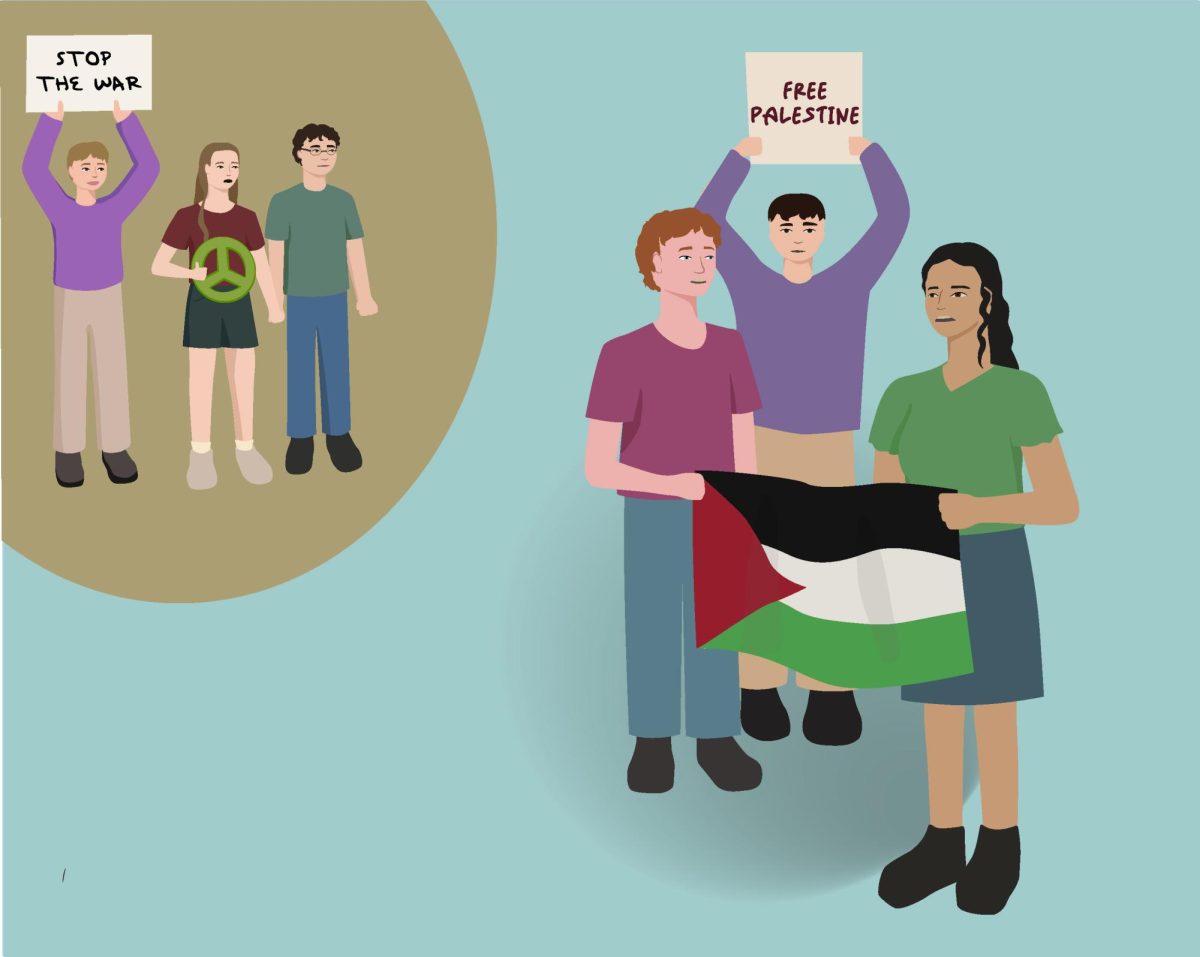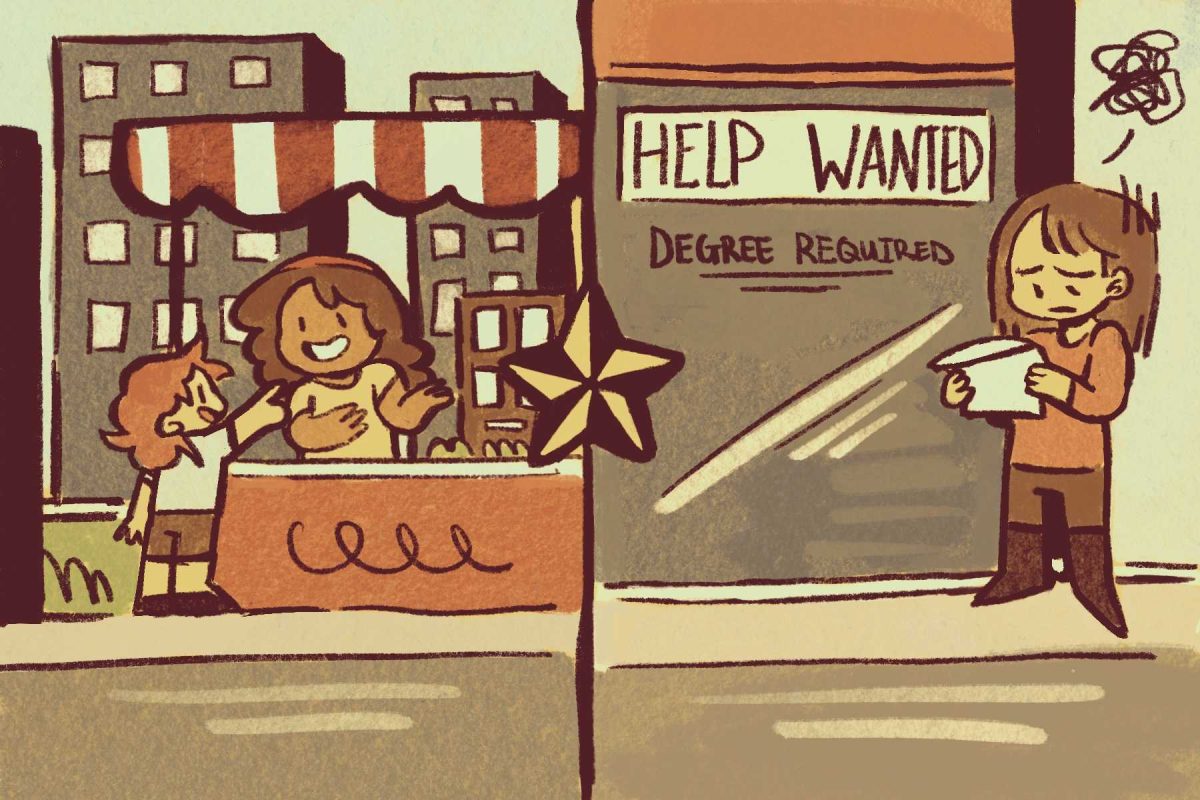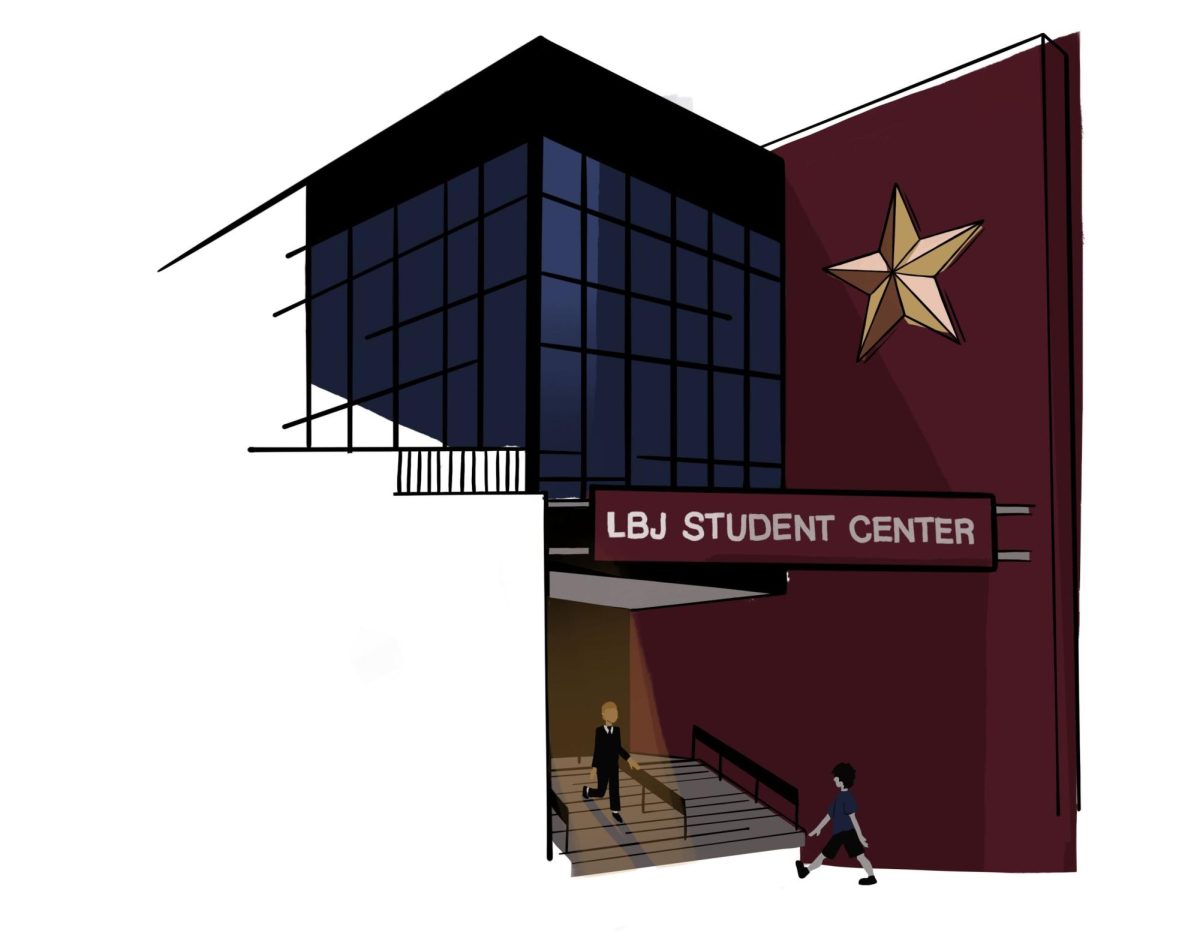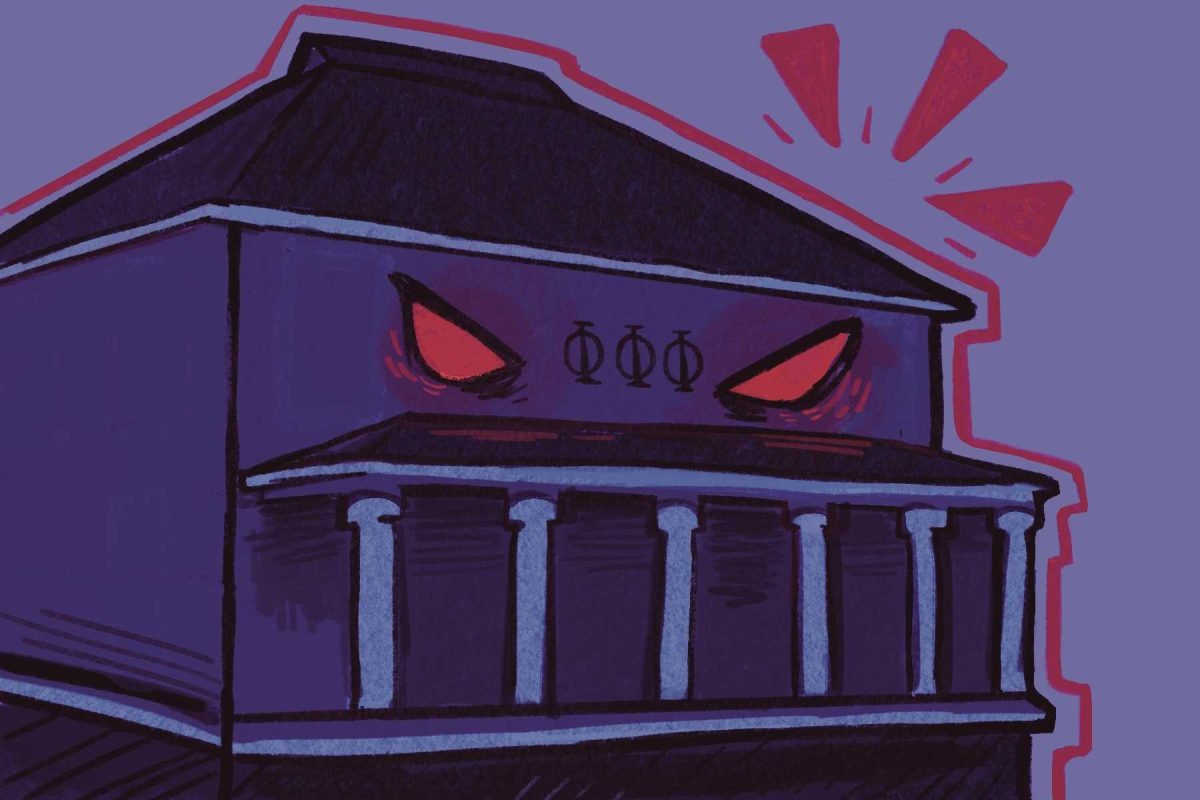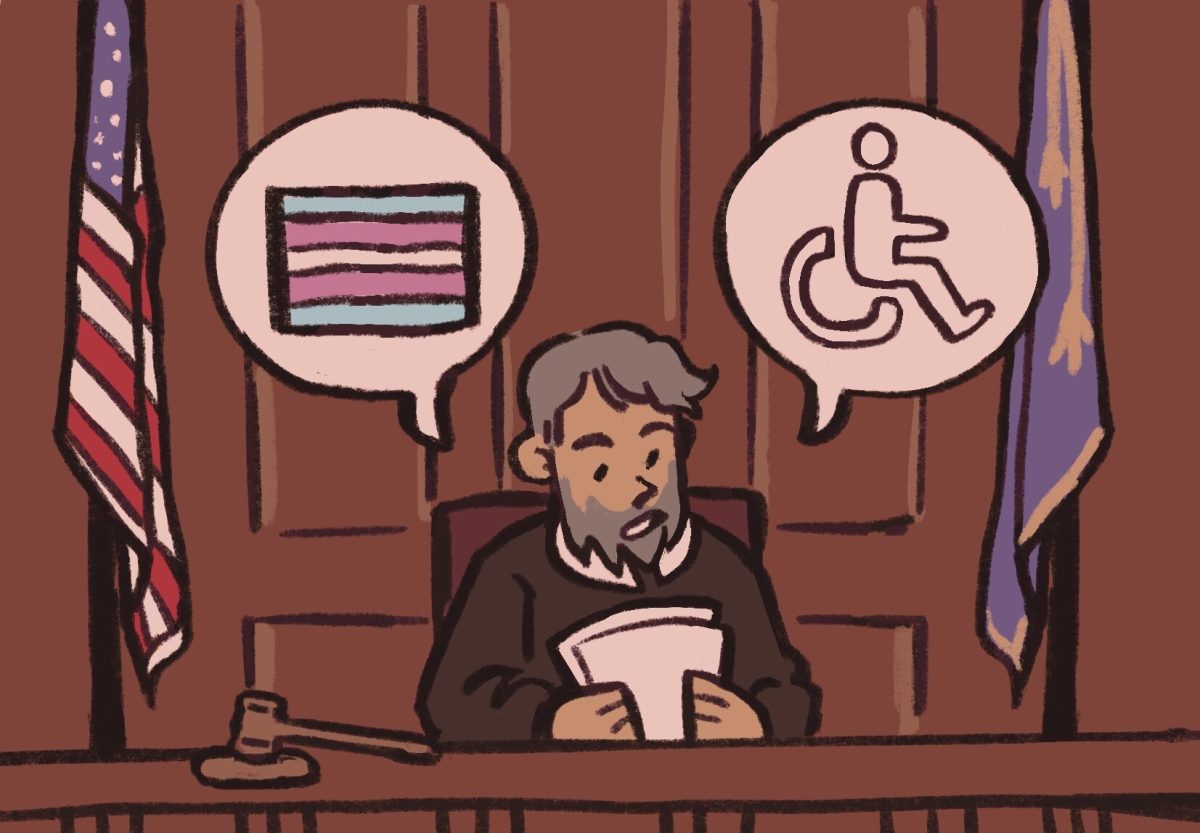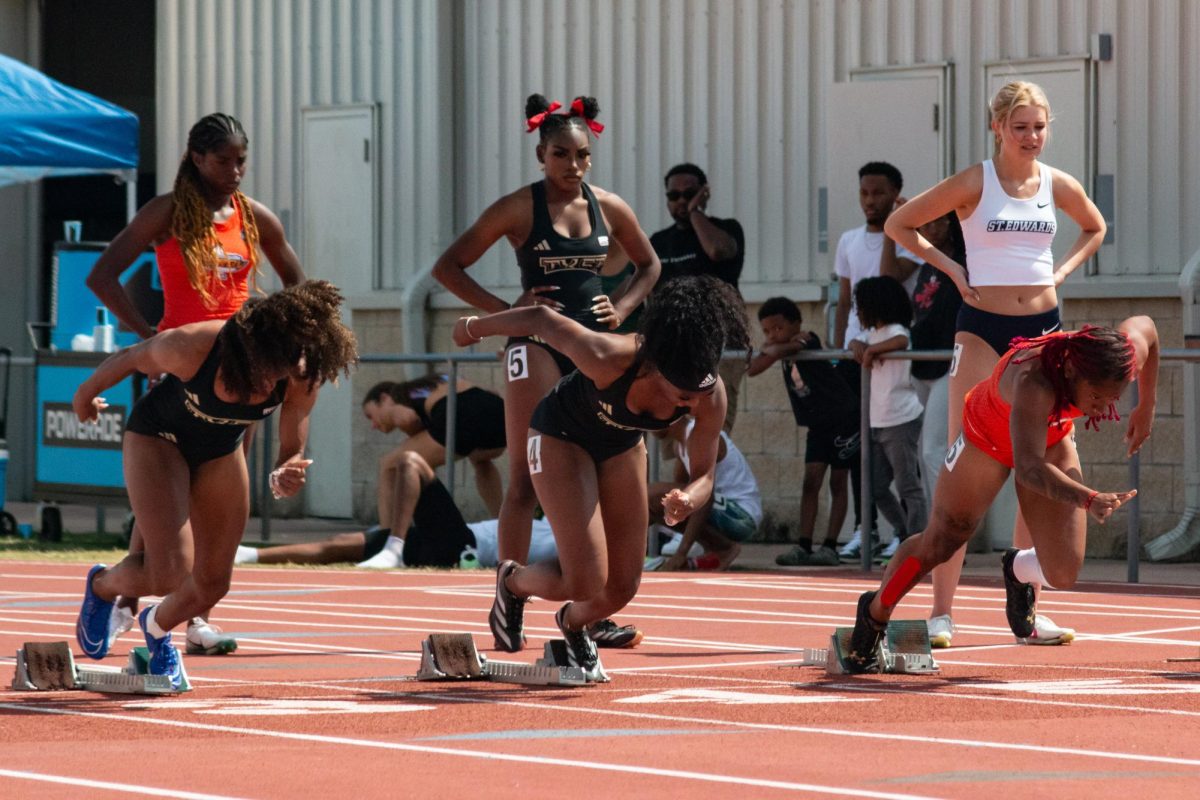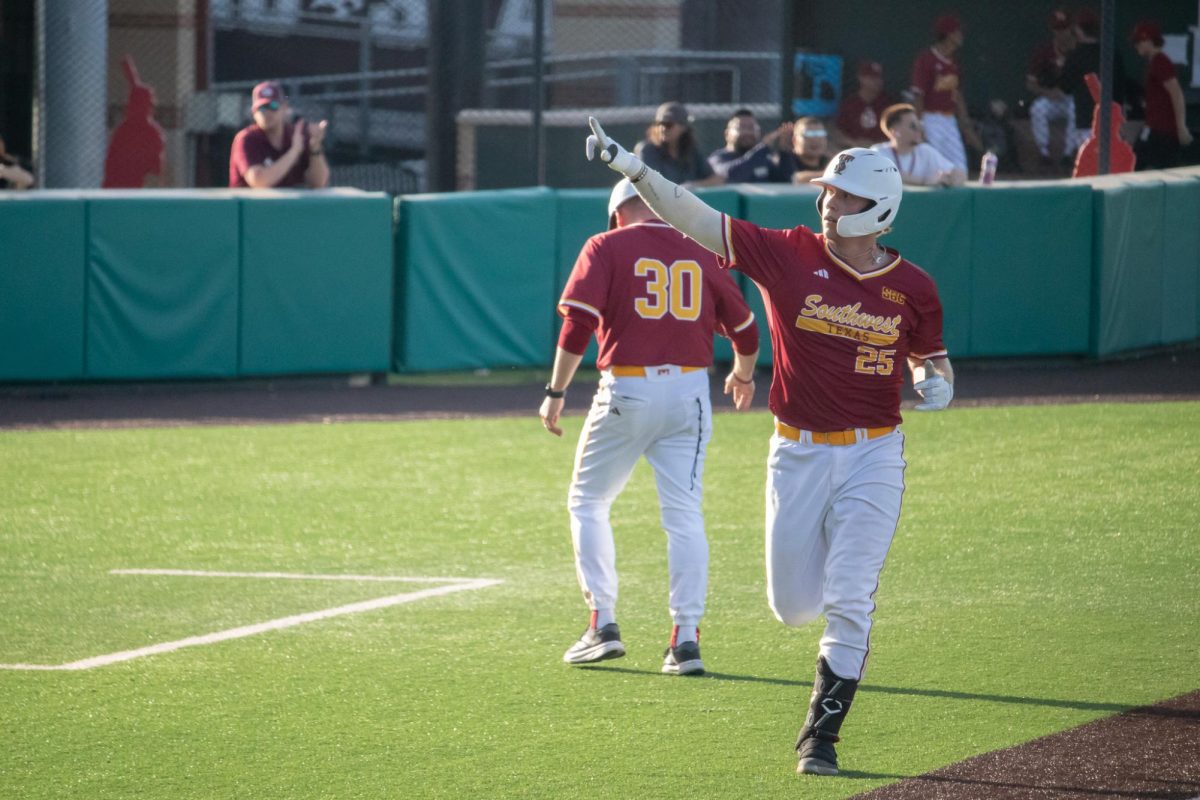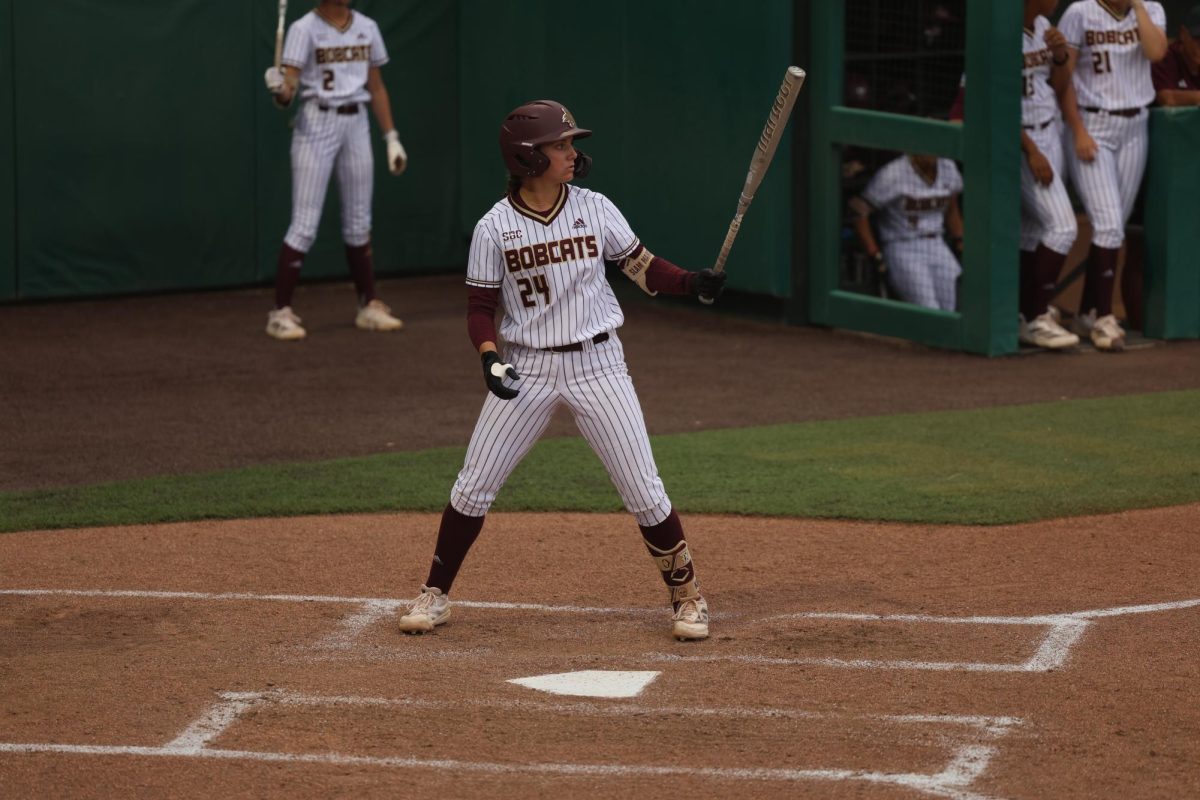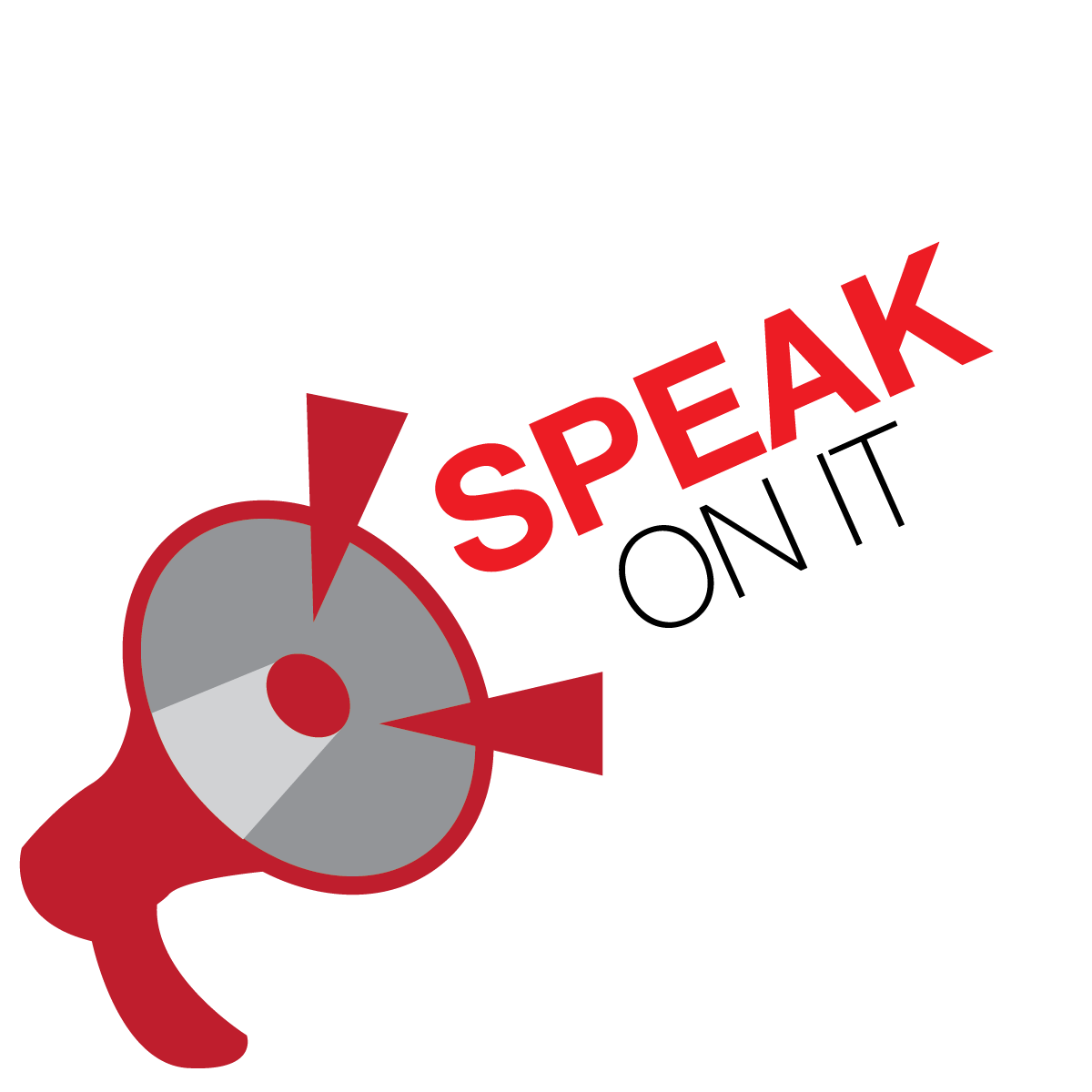On Nov. 13, 1969, Floyd Martine, former Texas State dean of students, announced students actively protesting the Vietnam War and the My Lai massacre had three minutes to vacate the Fighting Stallions statue or they would be suspended. Only 10 students remained standing.
Subsequently dubbed the “San Marcos 10,” the students drew national attention when they were suspended for a year and had all of their course credits from the previous year canceled.
The 10 students attempted to appeal their case but were denied at every level, including the U.S. Supreme Court.
Now, more than two weeks after a growing wave of student protests has spread across the country, we are watching history repeat itself as hundreds of student protestors are forcibly arrested and detained.
When protesting the U.S.’s involvement and funding of the conflict between Israel and Palestine, Texas State students should remember the history of the San Marcos 10 and the impact student protests can have.
On April 30, the U.S. watched as the New York Police Department implemented what was essentially a temporary, hyper-militarized police state at Columbia University, riding down Broadway Street in armored vehicles in a scene akin to a dystopian sci-fi movie.
Similar scenes played out at the University of Texas at Austin (UT), as Texas Department of Public Safety police officers donned full riot gear and were supplied with hundreds of rounds of ammo in response to peaceful protests.
In response to the UT protest on April 24 that resulted in the arrests of over 50 students, Gov. Greg Abbott wrote on X, “These students belong in jail… Students joining in hate-filled, antisemitic protests at any public college or university in Texas should be expelled.”
Abbott, a self-proclaimed champion of free speech, is calling for student protestors to be arrested for their speech. This hypocritical view directly goes against the values he has claimed to protect and uphold.
When protesting, Texas State students should remember the history of student protests and the government’s actions in the past and apply it to the present.
Instead of listening to what students are saying, the U.S. House of Representatives passed new legislation on May 1 that states criticizing the Israeli government or saying Israel is committing genocide is “antisemitic” language.
A key component of the First Amendment is the protection of hate speech — without it, the government has unchecked power to determine what constitutes hateful or insulting speech, as seen in the recently passed legislation to fight antisemitism while never defining what constitutes antisemitism.
While there are some restrictions within the right to speech and protest, such as speech that incites imminent lawless action or protests that disrupt business, the most effective protests often disturb the peace, as seen most notably with the Civil Rights movement and Vietnam protests.
For instance, anti-war Vietnam protestors occupied Hamilton Hall, the same building current protestors at Columbia occupied, for a week in 1972 before being removed by police.
During the Vietnam War, student protestors who are now honored nationwide, like the San Marcos 10, were scorned and ridiculed for protesting the government’s actions.
Protestors must be willing to pay the price of civil disobedience. However, peaceful protests at universities such as Columbia and UT are being met with excessive police force.
There will never be a socially acceptable way to protest; what is deemed as “disrupting the peace” will often heavily depend on the opinions of the enforcer and whether it is politically beneficial for them to make arrests, as seen with the militarized response to Vietnam protests and, in 2020, Black Lives Matter protests.
As students, including those at Texas State, continue to protest and others start to pay attention to their voices, remember it is much easier to parse out propaganda and the “right side of history” after it happens.
The San Marcos 10 were ridiculed for years. Now, November 13 is remembered in San Marcos as “Salute the San Marcos 10 Day.”
Restricting freedom of speech is a step in protecting the state’s power rather than the people’s.
While there are still disagreements about the current conflict, suppressing protests is the fastest way to fall into the authoritarian regime the U.S. is hurtling toward. Texas State students protesting now must remember the San Marcos 10, and that history does not repeat itself, but it often rhymes.
– Jacquelyn Burrer is a history and journalism junior
The University Star welcomes Letters to the Editor from its readers. All submissions are reviewed and considered by the Editor in Chief and Opinions Editor for publication. Not all letters are guaranteed for publication.



